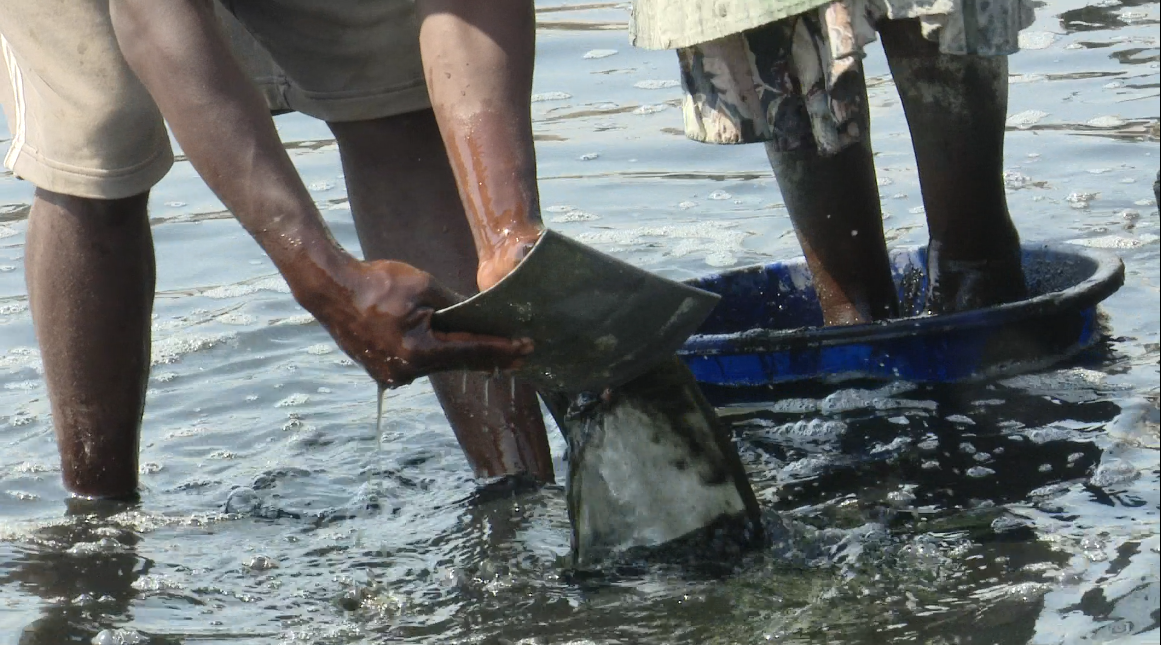Prime
When the north, east and west become one

Millet is a delicacy that unites different people. Photo by Antony Otushabire.
What you need to know:
The people from the north, east and west may be different ethnically, however when it comes to millet bread, their tables are united in the love as reverence of this delicacy.
When it comes to the dining table where millet bread is served, the Northern, Eastern and Western regions all become united as one. From time immemorial, this meal has been the main course of the day for such tribes like the Banyankore, Ateso, Japadhola just to mention but a few. It indeed has a variety of names; it called, akaro in the west, atap (ateso), kal (Acholi/luo), ahasuma or ahengo (samia), Kwon Kal (Japadhola) and ping (masai) and Obwiita (Lusoga). It is only in the central region where millet bread is rarely the meal of the day.
The western touch
According to Doreen Birungi, from western Uganda, akaro as it is known is prepared by boiling water in a pot. “Millet flour is then poured in the pot and mingled till it is ready.” The Banyankole then put it in a special small cultural basket (endiiro) from which it is eaten. The endiiro are small and have covers which with a distinctive head. “These baskets are made with different colours in form of decorating them. Most important of all is the husband’s endiiro. Traditionally the head of the home must have his own endiiro. Special ones are also made for the children.
The special pot (Enyungu) and the mingling stick (Orwiiko) are not supposed to be washed with water, but just wiped with a dry banana leaf. However, this no longer holds due to the change in trends. People today wash the pot and stick and many also use saucepans to prepare akaro instead of the pot. “When the millet bread has been mingled until it is ready, it is out in the endiiro and the basket shaken so as to prevent the karo from sticking to the basket walls but rather stay in the middle,” explains Birungi.
Karo is prepared with all kinds of millet irrespective of the season, but it is believed that the sweetest is that one of the first harvest (Omweeza). After the first season, most people are so excited and waiting to have a taste on the “Omweeza”. Birungi explains that Karo is so special to Banyakore because it is knitted with their history. “It is special because when a girl gets married, just after the wedding, the next day all the elders (women) like grandparents and in-laws gather in the kitchen to watch the mugole (bride) mingling Karo.” This is termed as “okukoza omumahega”.
This creates pressure on the newly wed bride’s side because if you do not mingle the karo well, then the elders will say that your husband has married a woman who does not know how to cook. In the past, brides who failed this test would be sent back to their homes.
North and eastern delicacy
Millet bread is not necessarily made with millet-it always has cassava flour. In the north and north-east, cassava or sorghum flour is mixed with the millet flour. David Innocent Osege, from Pakwach explains that cassava flour is mixed with a little sorghum and millet. “The prepared atap is eaten with smoked beef which is skilfully seasoned with a rich sauce of milled sim sim (sesame) paste and dark green bitter vegetables,” he elaborates.
However, in the north-east and eastern parts, edible sorghum is mainly used to make the millet bread since the climate sometimes makes it almost impossible to grow millet. Just like other parts, millet here is traditionally pounded using a mortar and pestle. Dried Cassava is also pounded in the same way.




